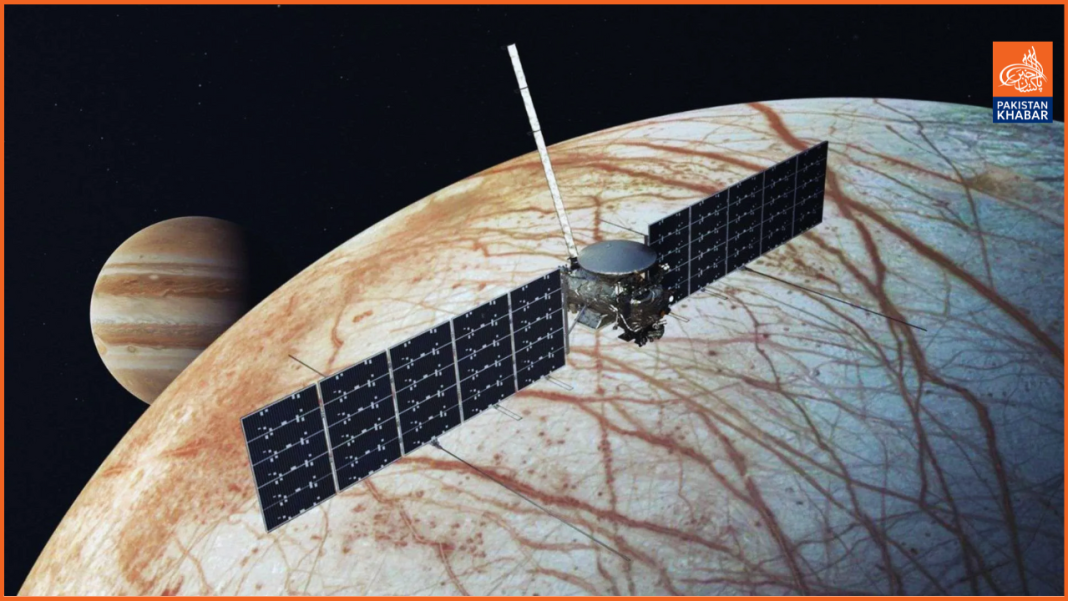As 2025 unfolds, a series of groundbreaking space missions promises to captivate humanity, making this year a milestone in space exploration.
Over the next 12 months, several high-profile projects will take center stage, including lunar landing missions, SpaceX’s much-anticipated Starship launch, and the collection of asteroid samples, among other endeavors.
Here’s a glimpse at some of the most thrilling space missions planned for the year:
Two Lunar Landing Missions
In mid-January, Firefly Aerospace, a Texas-based company, plans to launch the “Ghost Riders in the Sky” mission. This venture will transport a lunar lander carrying 10 NASA payloads to Mons Latreille, a volcanic formation created by eruptions over 3 billion years ago. The mission, known as Blue Ghost 1, is designed to operate during the lunar daylight period, lasting approximately 14 Earth days.
Blue Ghost 1 will study the moon’s regolith—its rocky surface—and how it interacts with solar wind and Earth’s magnetic field. Towards the end of its mission, it will capture images of the moon’s sunset and analyze changes on the lunar surface at dusk.
Meanwhile, Intuitive Machines, another Texas-based company, aims to land its IM-2 spacecraft near the moon’s south pole in February. This mission will use advanced tools to study volatile compounds on the lunar surface and carry the Lunar Trailblazer satellite, designed to map water deposits on the moon. The data collected will support NASA’s Artemis program by identifying future landing sites.
Juno’s Final Dive Into Jupiter
NASA’s Juno spacecraft, which has been exploring Jupiter and its moons since 2016, will conclude its mission in September 2025. After years of groundbreaking observations, Juno will spiral into Jupiter’s atmosphere, marking the end of its journey.
This controlled descent will prevent contamination of Europa, one of Jupiter’s moons considered a prime candidate for hosting extraterrestrial life. Juno’s final plunge, lasting about 5.5 days, will provide invaluable data as it navigates Jupiter’s intense radiation and dense clouds.
Asteroid Sampling and Comet Exploration
China is preparing for an ambitious dual-purpose mission with its Tianwen-2 spacecraft, set to launch in May 2025. The mission will rendezvous with the near-Earth asteroid 469219 Kamo’oalewa to collect surface samples and return them to Earth.
After delivering the samples, Tianwen-2 will use Earth’s gravity to slingshot itself into a seven-year journey to the main-belt comet 311P/PANSTARRS. This mission aims to unlock new insights about the origins and composition of celestial bodies.
With these and other missions on the horizon, 2025 is shaping up to be an extraordinary year for advancing humanity’s understanding of the universe.




